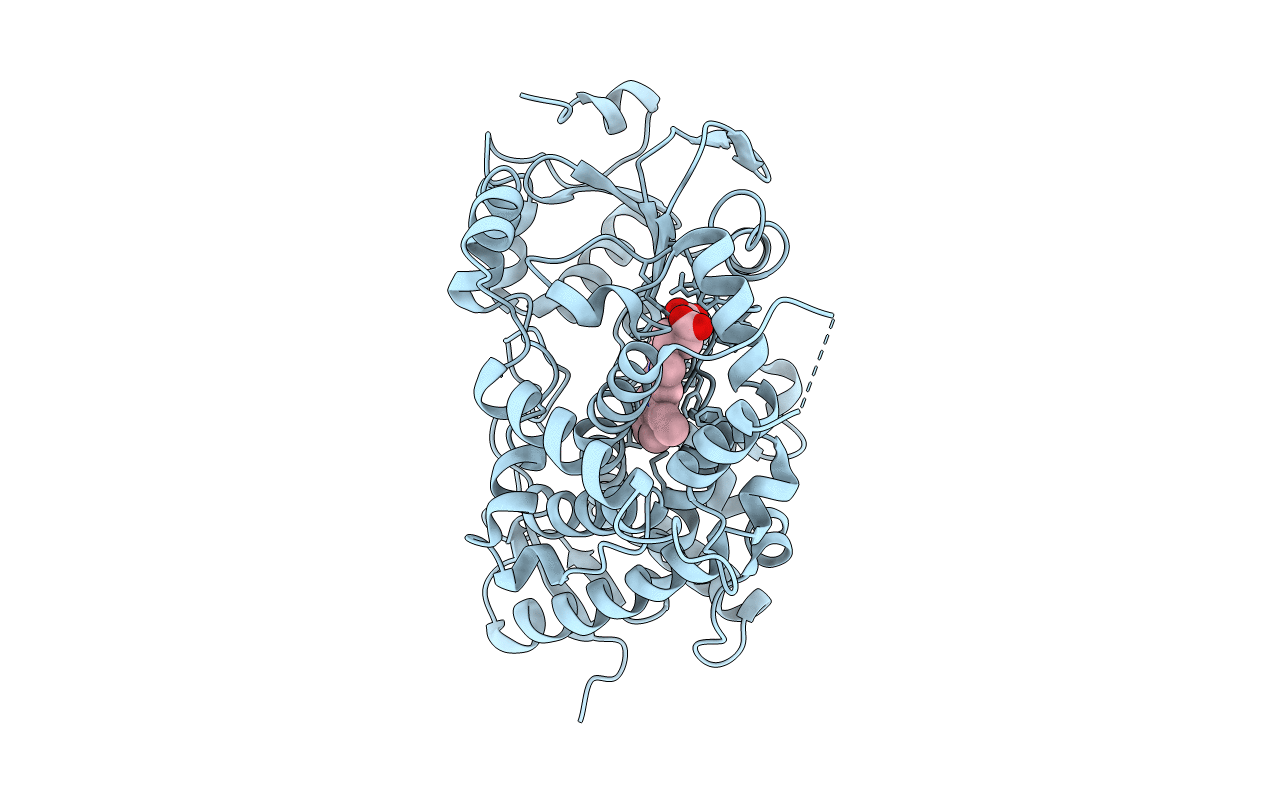
Deposition Date
2004-06-17
Release Date
2004-07-27
Last Version Date
2024-02-14
Method Details:
Experimental Method:
Resolution:
2.05 Å
R-Value Free:
0.29
R-Value Work:
0.23
R-Value Observed:
0.24
Space Group:
I 2 2 2


